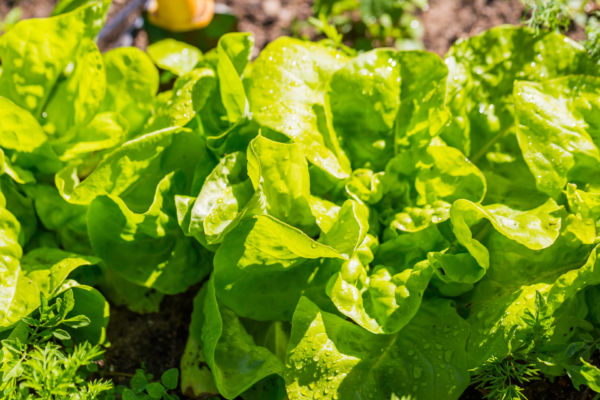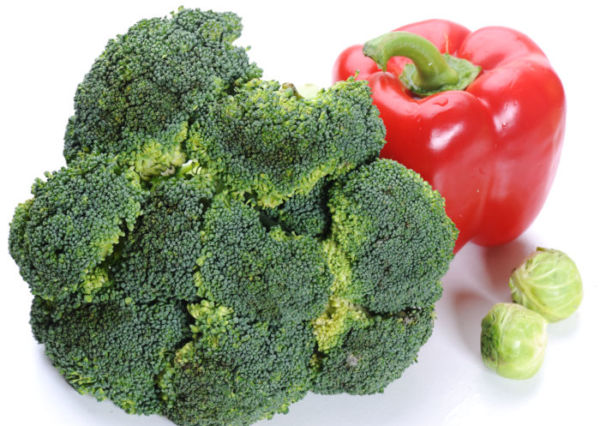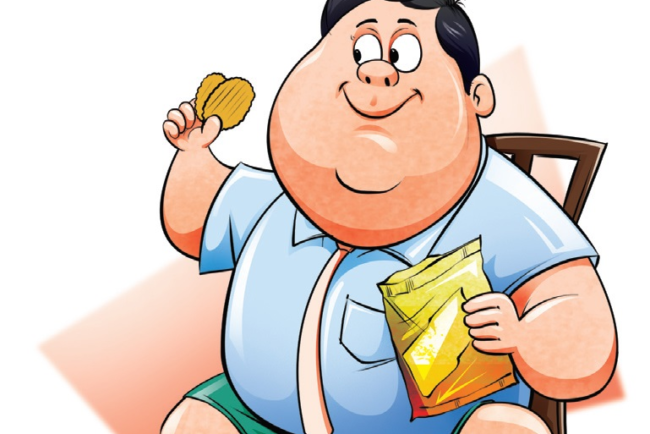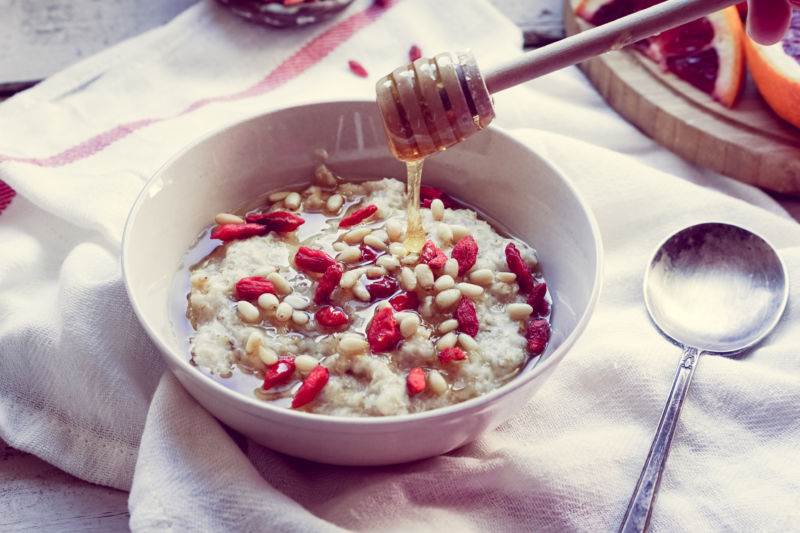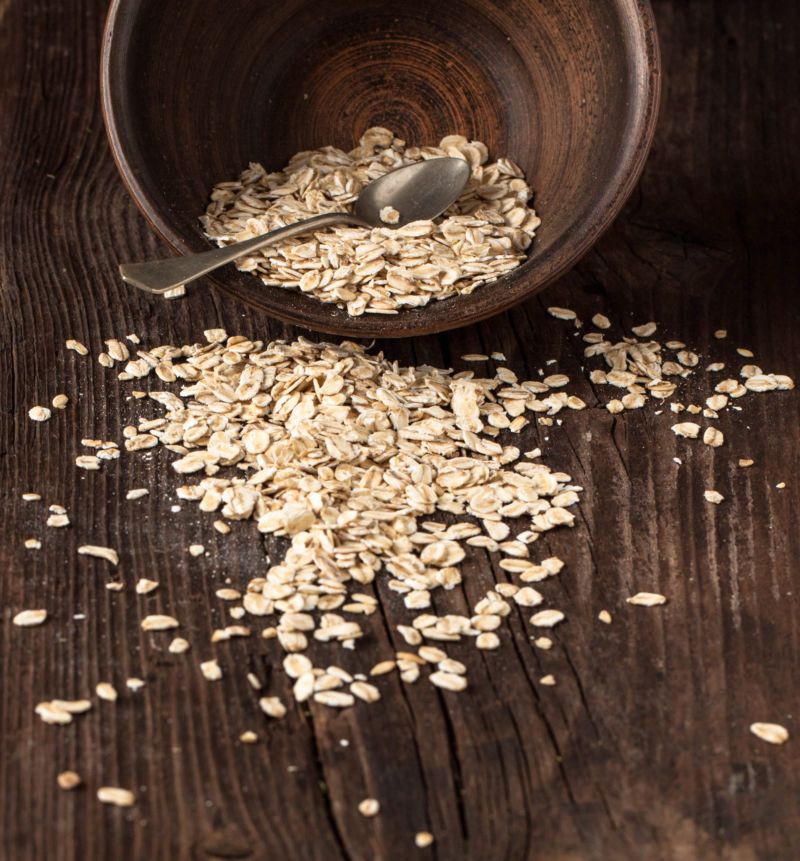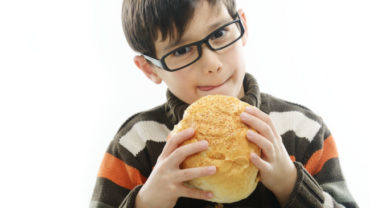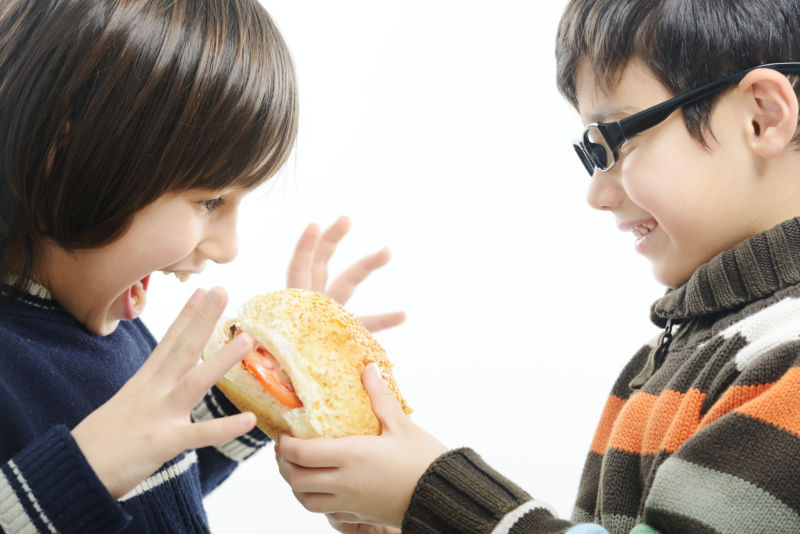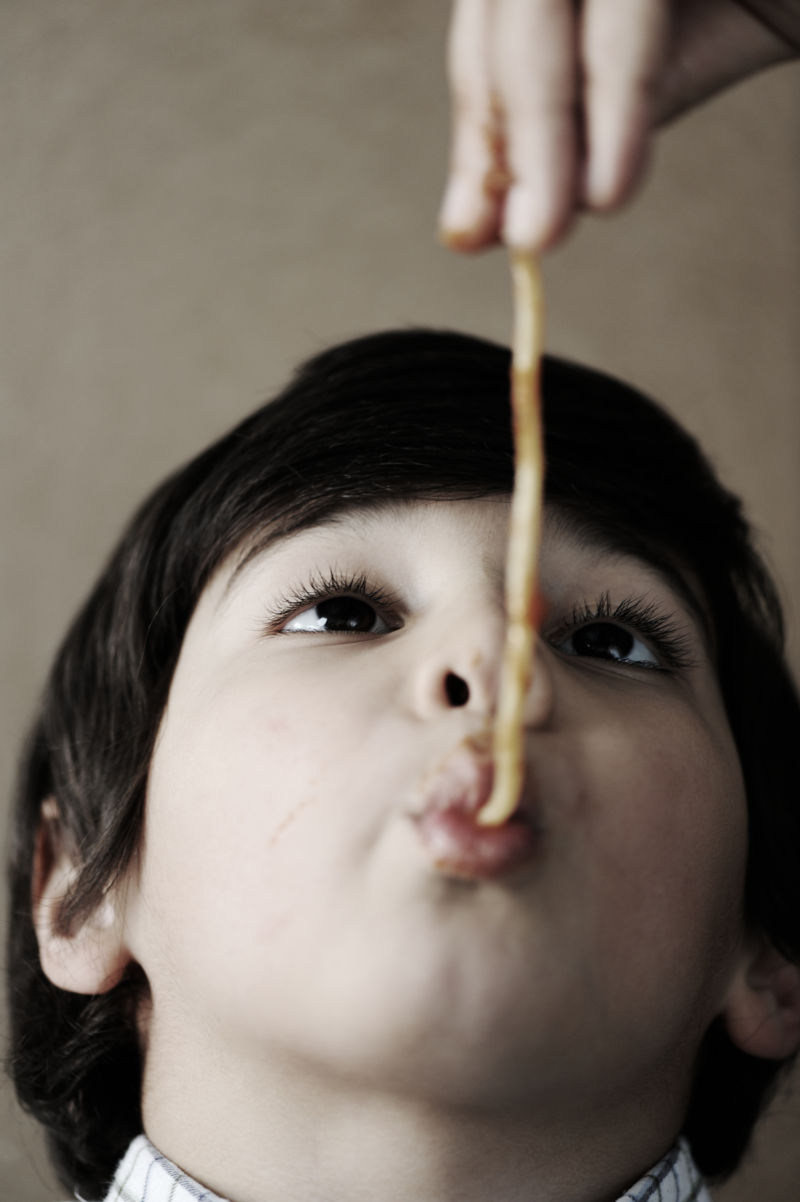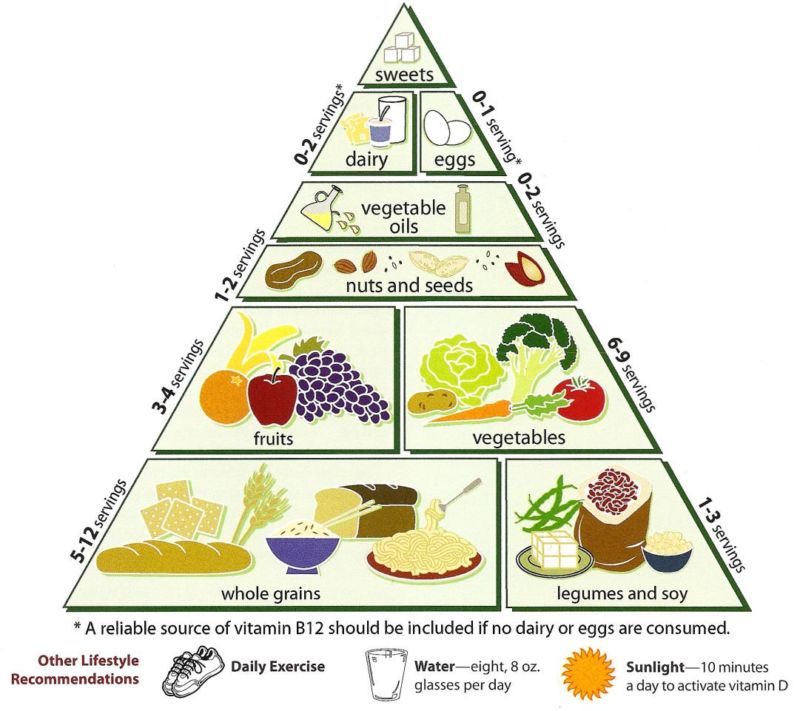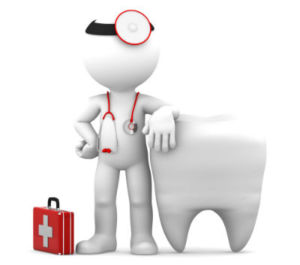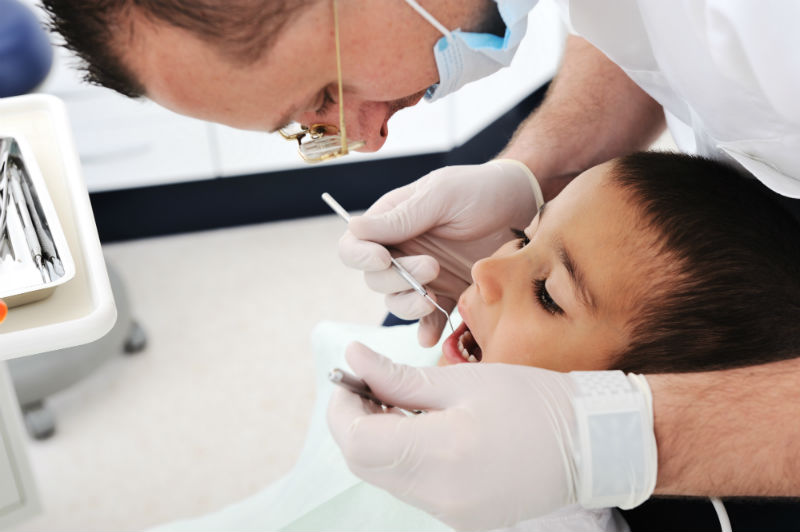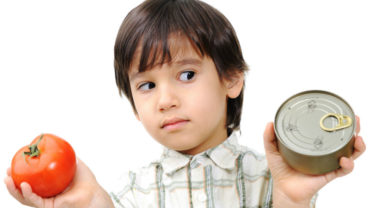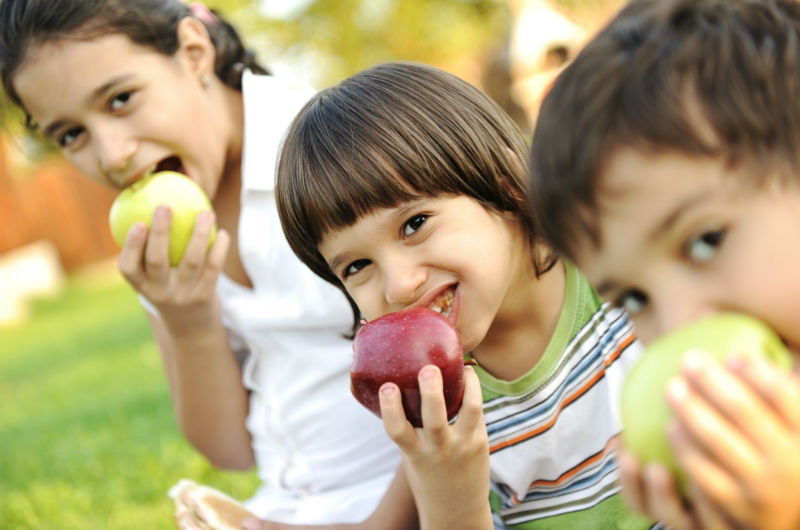Grow Your Own Vegetables
During the last decades there has been a change towards mechanization and homogenization of farming, which uses pesticides, additives, herbicides, synthetic fertilizers and mass-production techniques. All these are clearly affecting mankind’s health, and new diseases are spreading rapidly amongst humans and animals (bird’s flu being the most recent one). Hence, ensuring that kids nutrition is being taken care of is a task that is easily said, but difficult to be done.
The World Health Organization produces reports to show how the use of chemicals and other products on food, coupled with the manufacturing processes involved, are actually a threat for our health and a threat for our kids nutrition.
If you have space for a few pots or even a small piece of land, it is a wise decision to grow your own organic vegetable garden. Today I’m presenting you with seven reasons for doing this:
1. You will have no additives in your vegetables. Research by organic food associations has shown that additives in our food can cause heart diseases, osteoporosis, migraines and hyperactivity.
2. There will be no pesticides or synthetic fertilizers used. These chemical products are applied to obtain crops all the time regardless plagues or weather conditions, and affect the quality as well as the nutrition of the vegetables. Besides, pesticides are usually poisonous to humans.
3. Your vegetables will not be genetically modified (GM). Antibiotics, drugs and hormones are used on vegetables to grow more and larger ones. One of the consequences of this practice are vegetables which look all the same and are usually tasteless. Besides, we end up consuming the vegetables with zero nutrition and the hormones that have been used on the vegetables, with the potential risks for our health.
4. Eating your own organic vegetables will be much more healthy for you. They will not contain any of the products or chemicals named above, and they will be much more natural than any ones you would find at the supermarket. Because you will then know that nothing has been added to your vegetables, your health will not be at risk. Most importantly, the kids nutrition can be well taken care of.
5. Your own organic vegetables will be much more tasty. The use of pesticides, synthetic fertilizers, antibiotics and hormones make vegetables grow unnaturally and take the taste away from them. With organic vegetables, your cooking will be enhanced as their flavour will show fully.
6. Organic farming is friendly to the environment. Because you won’t use pesticides or other equally harming products on your vegetables, you will not damage the soil or the air with the chemical components.
7. When you grow your own organic vegetables you are contributing to your own self-sustainability and the sustainability of the planet. Small communities have been founded where members exchange products that they grow naturally, thus contributing to create a friendly and better place for us all.
In the end, eating organic products only means that we do not add anything else to them than they would naturally have. As you can guess, additives, hormones, fertilizers or pesticides are not components of naturally grown food. To better care for your health, grown your own organic vegetables -and a few pots is all you need.
Antibiotics, hormones and drugs are used on vegetables to grow more and larger ones. We end up consuming the hormones that have been used on the vegetables, with the potential risks for our health.
The use of pesticides, synthetic fertilizers, antibiotics and hormones make vegetables grow unnaturally and take the taste away from them. Because you won’t use pesticides or other equally harming products on your vegetables, you will not damage the soil or the air with the chemical components.
To better care for your health and your kids nutrition, grow your own organic vegetables and a few pots is all you need.



